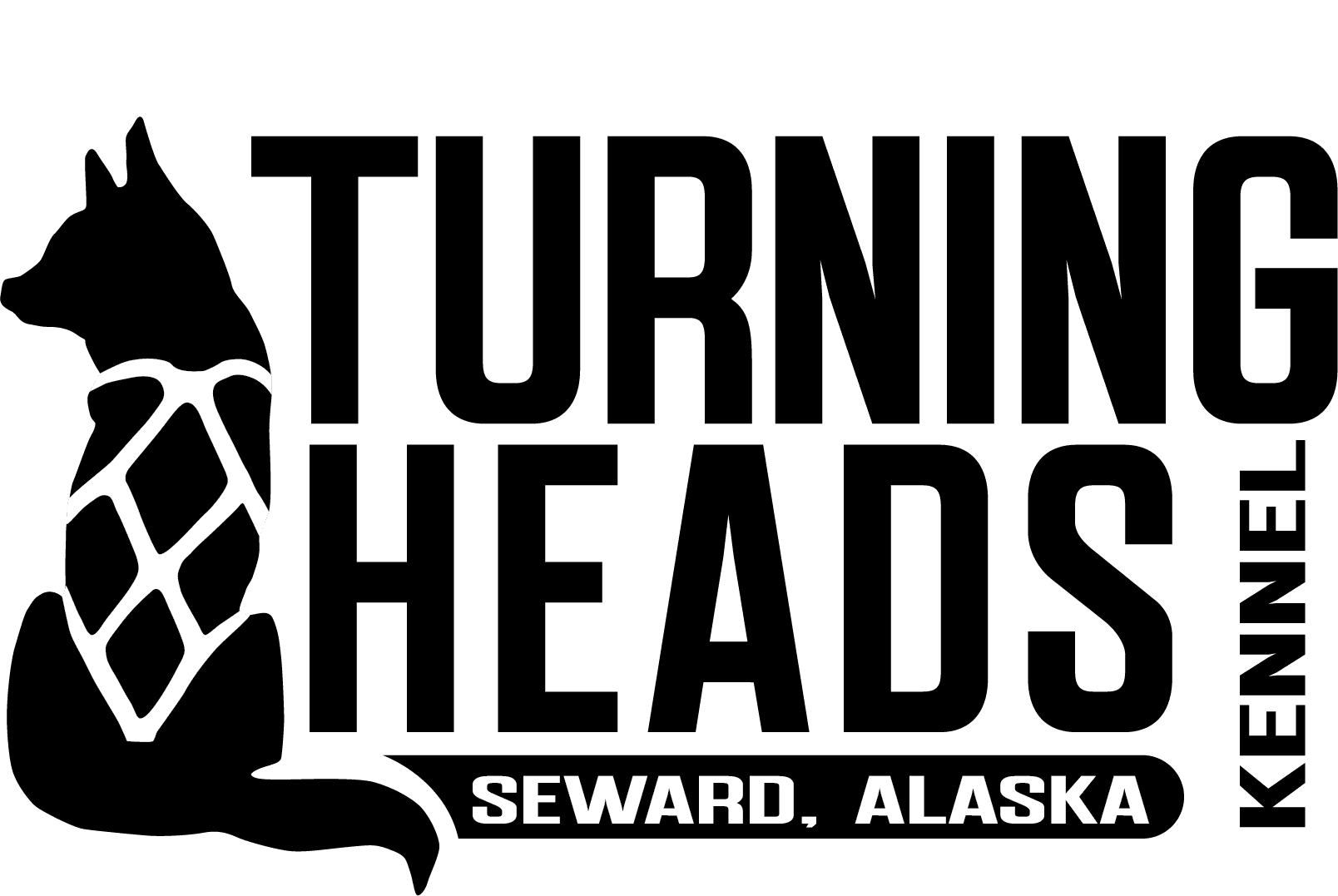A picture is worth a thousand words. I apologize in advance. I didn’t take pictures very regularly and often times started a project and forgot to show a finishing picture. Whoops! The things you learn…Anyways, without further delay…
****
In the morning when Travis is gone, I wake to Max. He never goes on the bed with me while I am awake but always climbs on after I’m asleep. Strangely, he never wakes me although our bed sits maybe 3.5 feet high.










